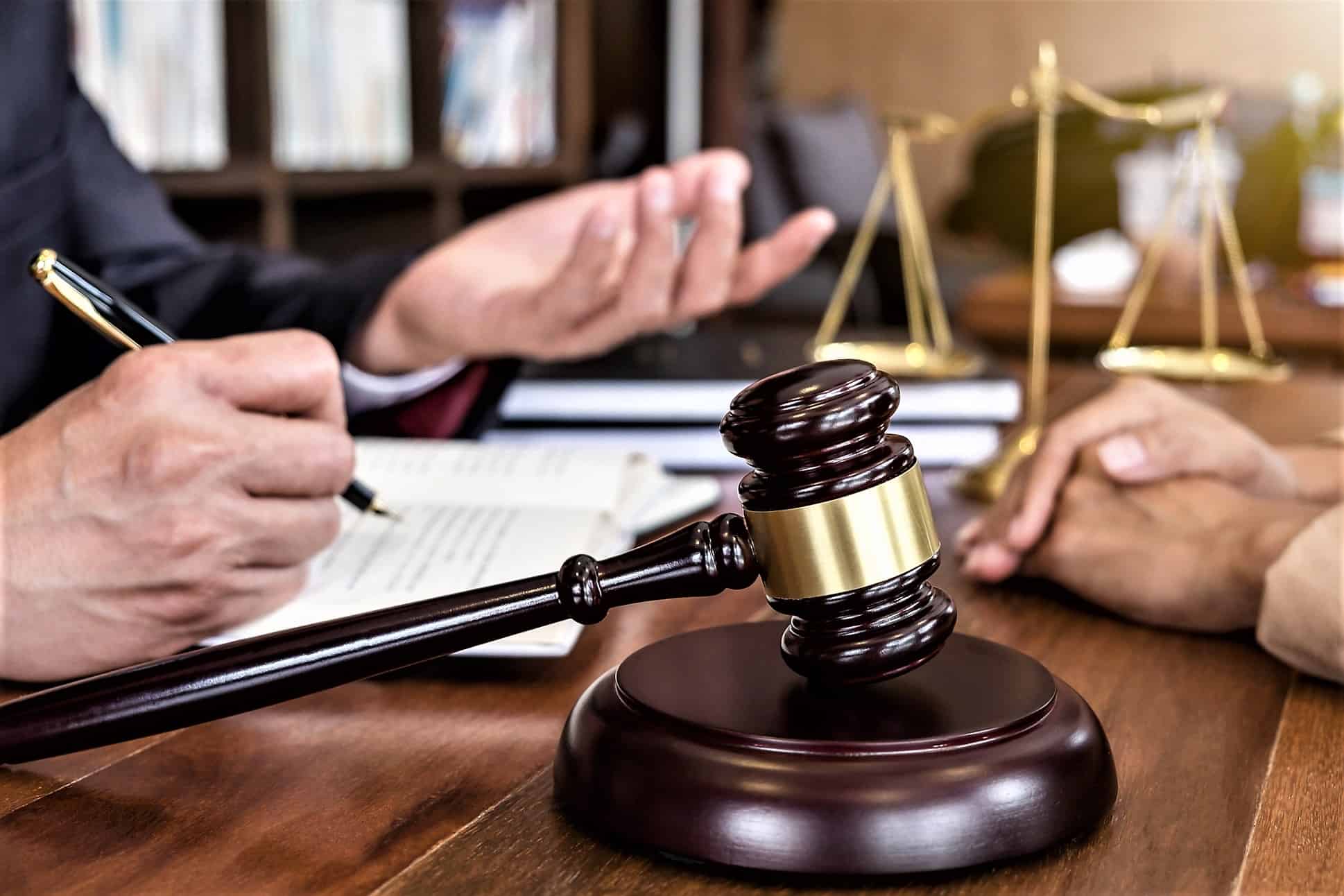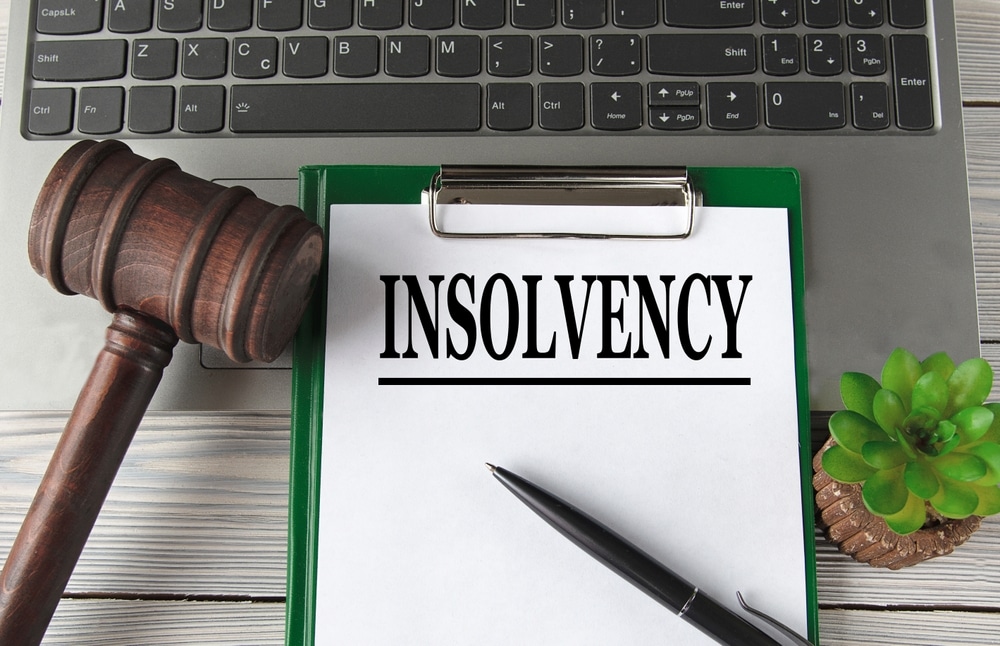Rural vs Urban Conveyancing: What’s the Difference?
Whether you’re planning to buy a cozy cottage in the countryside or a sleek apartment in the city, one thing remains the same—you’ll need conveyancing. But did you know that the conveyancing process can differ significantly between rural and urban properties?
If you’re a first-time homebuyer, this guide will help you understand what conveyancing is, why location matters, and how rural vs urban conveyancing can affect your property transfer experience.
What Is Conveyancing?
Conveyancing is the legal process of transferring ownership of a property from the seller to the buyer. It starts once your offer is accepted and ends on settlement day, when you receive the keys and your name goes on the title.
Handled by a licensed conveyancer or property solicitor, this process involves:
- Contract review
- Legal searches
- Liaising with banks and councils
- Document preparation
- Funds transfer and title registration
Whether you’re buying in a rural or urban area, conveyancing is a must.
Why Conveyancing Matters in Home Buying
Think of conveyancing as your legal protection. It ensures:
- The property has a clear title
- No hidden encumbrances, easements, or debts exist
- Local council rules and zoning laws are disclosed
- All contracts are fair and legally binding
- The property transfer is correctly lodged and registered
But here’s the catch: Rural and urban properties often come with different legal risks and complexities. That’s where localised conveyancing makes a huge difference.
See more: Why You Should Hire a Workers Compensation Lawyer Canberra After a Workplace Injury
Key Stages of the Conveyancing Process
The overall conveyancing process is similar across all property types, but the level of complexity often depends on location.
1. Pre-Contract Review
- Your conveyancer checks the contract of sale
- For rural properties, this may include checks for dams, fencing, or stock routes
- For urban homes, focus might be on body corporate rules (if strata) and zoning overlays
2. Legal Searches
- Title searches, land use rights, council rates, and planning approvals
- In rural areas, these may also include land size verification, water rights, and environmental overlays
3. Exchange of Contracts
- Once both parties sign, the deal becomes legally binding
- A deposit (usually 10%) is paid
4. Pre-Settlement Preparation
- Final mortgage documentation
- Rate adjustments
- Final inspection scheduling
- Special conditions must be met (especially in rural deals)
5. Settlement Day
- The remaining funds are paid
- Legal property transfer is completed
- You receive the keys and become the new owner!
What Documents Are Involved in Conveyancing?
Here are the standard documents handled by your conveyancer:

- Contract of Sale
- Vendor Disclosure (e.g., Section 32 in VIC)
- Certificate of Title
- Transfer of Land
- Mortgage Documents
- Settlement Statement
For rural properties, additional documents may include:
- Crown land lease or grazing permits
- Water access rights
- Survey reports or fencing agreements
- Stock and equipment inventory (if included)
How Long Does Conveyancing Take?
On average, the conveyancing process takes 4–8 weeks. However, rural conveyancing may take longer due to:
- Delays in receiving local council certificates from remote regions
- Complex land use checks (e.g., agricultural zoning, floodplain risks)
- Coordination of more parties (farmers, leaseholders, etc.)
🕒 Tip: Ask your conveyancer for a realistic timeline based on your property’s location.
Common Mistakes to Avoid During Conveyancing
Whether rural or urban, avoid these pitfalls:
❌ For Rural Buyers:
- Overlooking water rights or bore licenses
- Not verifying land boundaries or shared access roads
- Ignoring potential bushfire overlays or environmental restrictions
❌ For Urban Buyers:
- Skipping the review of body corporate or strata rules
- Not checking parking or storage entitlements
- Overlooking easements that could affect renovations
In both cases, never sign the contract before your conveyancer has reviewed it.
Choosing the Right Conveyancer
When choosing a conveyancer, their local knowledge matters more than you might think.
✅ Choose someone who:
- Has experience with your property type (rural or urban)
- Understands regional council laws and planning regulations
- Communicates clearly and promptly
- Offers fixed-fee pricing with no hidden costs
- Can explain every step of the conveyancing process
📞 Ask them:
“Have you handled rural/urban properties before in this area?”
“What local risks or delays should I be aware of?”
Final Tips for First-Time Homebuyers
- 🧭 Understand what title and property type you’re buying
- 📑 Never skip legal reviews, no matter how “simple” the sale looks
- 🧾 Budget for extras like searches, inspections, and local council fees
- 🧠 Be proactive—stay in touch with your conveyancer
- 🔍 Get building, pest, and environmental inspections (especially in rural areas)
Conclusion: Know the Differences, Buy with Confidence
The conveyancing process may seem similar at first glance, but buying a rural property is not the same as buying an inner-city apartment. From water rights to zoning rules, understanding the unique legal considerations of your location can make your purchase smoother, safer, and stress-free.
🎯 Still unsure about the right conveyancer for your area?
Drop your questions in the comments or reach out to a local expert. When it comes to buying your dream home—urban or rural—the right guidance makes all the difference.



